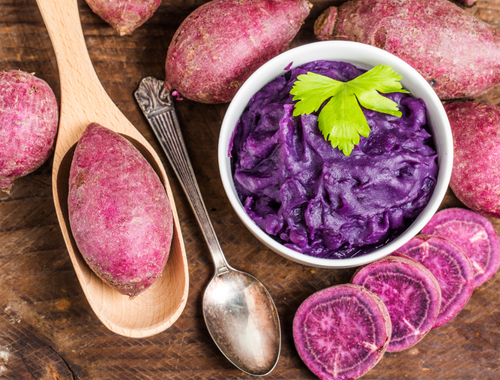
Sweet potatoes and yams are angiosperms, or flowering plants, and are part of the primary starchy food category. Their biological and physiological characteristics are somewhat similar, making it challenging to differentiate them and appropriately tell one from the other.
However, the main characteristic that can be utilized to distinguish them is their botanical classification. Yams are monocots, which are plants with only one embryonic seed leaf. They are a member of the Dioscoreaceae family. On the other hand, sweet potatoes are dicot plants, or more specifically, a plant with two embryonic seeds and a member of the Convolvulaceae family.
Let us better understand what yams and sweet potatoes are below.
What Is a Yam?
Yams, which are members of the Dioscoreaceae family and are grown in greater quantities, offer the globe more food, energy, and carbohydrates. They are also regarded as staple crops in many African and Asian nations. They are herbaceous plant vines that resemble lilies or grasses. Yams come in more than 600 different types, practically all of which are grown in Africa.
The size and shape of edible yam tubers might vary. For instance, tubers can reach a length of 1.5 meters and a weight of 70 kg. The vegetable known as a tuberous yam has an extremely hard, pebbly skin that is challenging to peel but softens when cooked.
The yam peel can be anything from dark brown to pale pink. Yams are a fantastic source of bioactive phytochemicals, macronutrients, and micronutrients (polyphenols, flavonoids, anthocyanin, carotenoids, etc.). However, young yams may have tannin and phytic acid, bitter poisonous substances, and antinutritional elements.
They frequently have a long shelf life as well. Some types, meanwhile, preserve better than others. True yams might be difficult to locate in the US. They are imported, and local grocery stores hardly ever carry them. Food markets specializing in foreign or ethnic foods have the best possibilities of supplying them.
What Is a Sweet Potato?
Sweet potatoes are starchy root vegetables that go by the scientific name Ipomoea batatas. Although North Carolina presently produces the most, their origin is assumed to be in Central or South America.
Surprisingly, potatoes and sweet potatoes have very little in common. The sweet potato plant’s tuberous roots are used as a vegetable, much like a conventional potato. In certain cases, people eat its leaves and shoots as greens.
Sweet potatoes, however, have a highly unique appearance for a tuber. They have smooth skin ranging from beige to yellow, orange, red, brown, or purple. They are long and tapering. The flesh can be any color, from orange to white to even purple, depending on the variety.
Sweet potatoes come in two primary varieties:
Orangey Dark Colored Sweet Potatoes
These are softer and sweeter than golden-skinned sweet potatoes and have a darker, copper-brown exterior and bright orange meat. They are often found in the US and are soft and moist.
Gold Skin, Pale-Colored Sweet Potatoes
This variation has a stronger skin tone of golden color and pale-yellow flesh. Compared to dark-skinned sweet potatoes, they tend to have a drier texture and are less sweet.
Despite the variety, sweet potatoes tend to be sweeter and moister than normal potatoes. However, they are very hardy vegetables. They can be sold all year round due to their long shelf life. They can last up to two to three months if properly stored in a cold, dry environment.
They come in various forms, most frequently whole, occasionally pre-peeled, cooked, and marketed in cans or frozen.
Most people often confuse the two. They are different in many ways but also have some similarities. Keep on reading to know.
Similarities
The orange-fleshed type was first brought to America many years ago. Producers and shippers decided to call them “yams” in English, which is the English translation of the African term “nyami,” to distinguish them from the white type everyone was used to.
Currently, the US Department of Agriculture mandates that labels containing the phrase “yam” also include the term “sweet potato.” However, despite labeling laws, most people still use the name sweet potatoes for yams because of their similarities.
Both Have Anti-Diabetic Properties.
While there are no forbidden foods in a diabetes diet, switching from white potatoes to sweet potatoes and yams can have significant positive health effects for those controlling their blood sugar.
Among other advantages, these tuberous potatoes can assist in controlling blood sugar levels and provide vital antioxidants to prevent chronic diseases. In addition, yams and sweet potatoes’ fiber and Vitamin A help regulate glucose levels.
Both Have Antioxidant Properties.
Because they include vitamins, minerals, and other antioxidants, yams and sweet potatoes both have these benefits. Not to mention that they are simple to incorporate into your diet and offer a number of health advantages.
Your body is shielded from free radicals by antioxidants. However, unstable chemicals called free radicals can harm DNA and cause inflammation.
Aging and chronic diseases, including cancer and heart disease, have been related to free radical damage. Consuming meals high in antioxidants is therefore beneficial for your health.
Purple sweet potatoes have a unique substance called anthocyanins, a potent antioxidant. In addition, anthocyanins may enhance memory and learning ability, according to animal research.
Both Are Rich in Fiber.
With over 6g of soluble and insoluble fiber per cup, sweet potatoes and yams are likewise high in fiber. Because fiber is not absorbed and moves through your digestive system without being converted to glucose, it does not cause a blood sugar surge like simple carbohydrates to do. Therefore, including more fiber in your diet can help combat obesity and colon cancer and enhance digestive and cardiovascular health.
Both Have Beneficial Vitamins.
Yams and sweet potatoes are abundant in vitamins essential for health. In addition, yams are an excellent way to enhance your intake of vitamins and minerals because 92% of Americans suffer from vitamin deficiencies, with B vitamins being one of the most frequent.
B-Complex vitamins are abundant in yams, which directly impact your energy levels, brain function, and cell metabolism.
One of its main advantages is that sweet potatoes are high in beta-carotene, which helps limit oxidative stress and free radical damage. It also makes sure that the eyes can perceive light. A lack of vitamin A may cause xerophthalmia, a pathological dry eye condition resulting in night blindness. In addition, due to unique antioxidants called anthocyanins, sweet potatoes are especially advantageous for maintaining eye health.
Both Have Essential Minerals.
The body needs minerals to remain healthy. The body requires minerals for various purposes, including maintaining healthy bones and muscles, a strong heart, and a sharp mind. In addition, the synthesis of hormones and enzymes depends on minerals.
Yam has a much higher potassium content, a little higher sodium content, a slightly higher phosphorus content, and a lower sodium content. However, sweet potatoes have a somewhat higher level of zinc, magnesium, and iron and a substantially higher level of calcium.
Conclusion
In conclusion, although they both come from blooming plants and are tuberous root crops, yams and sweet potatoes are not related to one another botanically. However, they both make for wholesome, delectable, and adaptable diet adjustments.
Sweet potatoes are generally easier to find and, albeit marginally, nutritionally superior to yams. Choose sweet potatoes if you want a sweeter, fluffier, and moister texture.
FAQs
What is The Difference Between Yams and Sweet Potatoes?
Yams have dry, starchy flesh like an ordinary potato and rough, dark brown skin that is frequently compared to tree bark. When cooked, sweet potatoes have softer meat with a silky reddish surface and a sweet flavor.
Why Are Sweet Potatoes Called Yams?
Due to their resemblance to the authentic yams that the enslaved Americans knew from Africa, the soft, orange-fleshed sweet potatoes were referred to as “yams” by the enslaved people. Growers started calling them by this name to set them apart from the sweet potato cultivars with firm white flesh, and the term stuck.
Which Is Healthier, Yam or Sweet Potato?
Compared to yams, sweet potatoes typically have fewer calories per serving. They also have more vitamin C, and three times as much beta-carotene, which is used to synthesize vitamin A.
Do Yams and Sweet Potatoes Taste the Same?
Sweet potatoes and yams have different flavors. While yams have a flavor more akin to a white potato and a starchier consistency, sweet potatoes are significantly sweeter and creamier in texture.
Can You Substitute Yams for Sweet Potatoes?
You can’t substitute yams for sweet potatoes or vice versa because the two root vegetables have highly different nutritional profiles and tastes. For example, a sweet potato is sweeter and moister than a yam, which is starchy and dry.

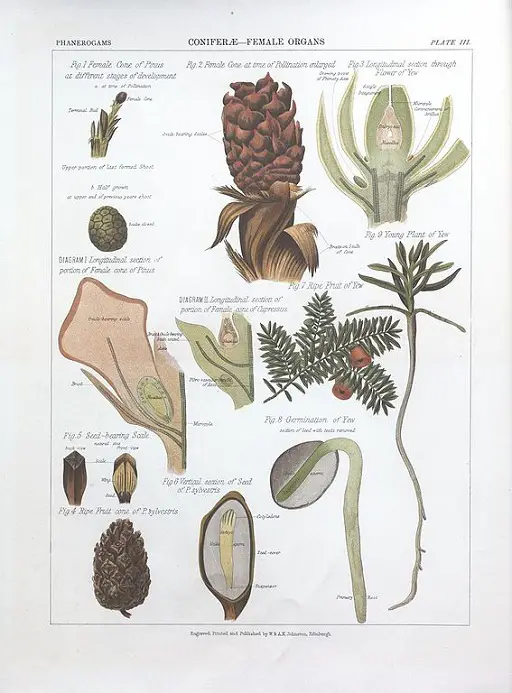
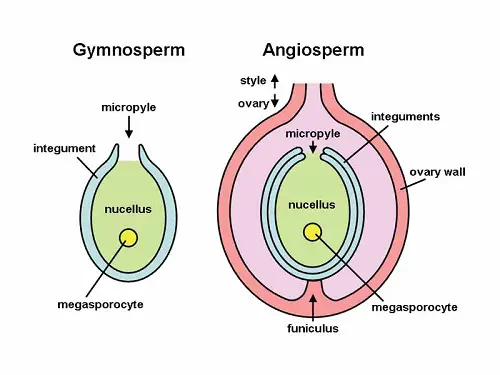
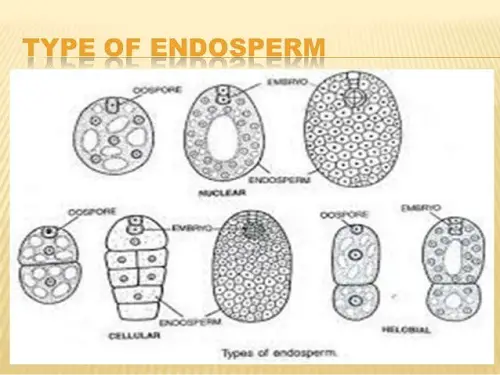
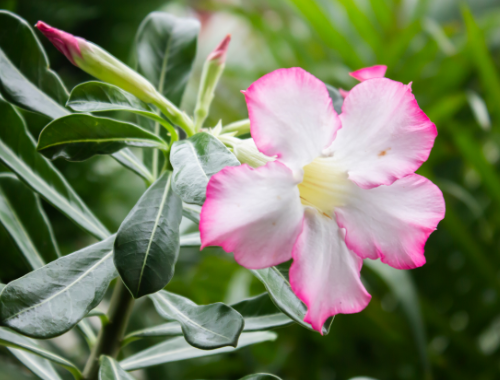
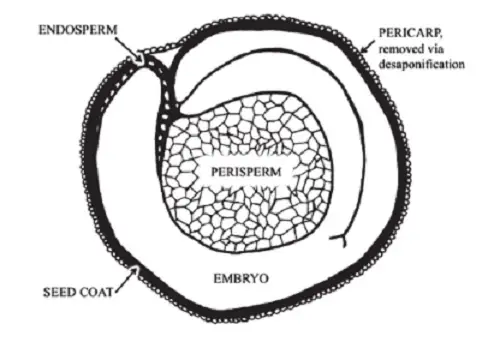






Leave a Reply